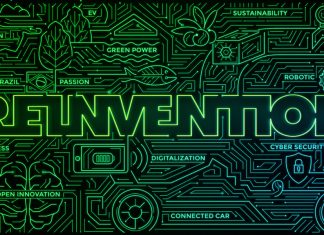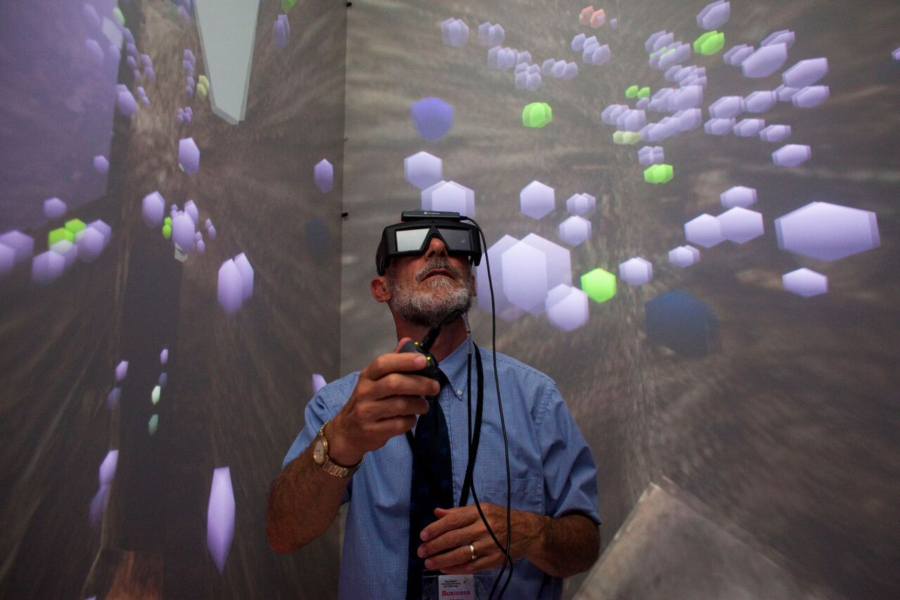
At some point recently, while we were speculating about the future, it arrived. This year, Davos brings together public and private sector leaders to think about how to navigate “Globalization 4.0”—an unprecedented era of transformation affecting nations, societies and individuals.
“Universities will bridge gaps to find global solutions in the digital age.” Tony Chan, President, KAUST
It is not surprising that industry is often seen as the place to turn for innovative solutions that will change our way of life. This is frequently true and happening right in front of us every day. But we should take a renewed look at research universities and their important role in supporting industry and powering our new world.

Understanding the present can be as daunting as imagining the future. For all intents and purposes, the two have merged. The term “digital revolution” already seems outdated in our fast-paced reality. The digital age is here, and digitization is both enabling the transformation we see today and an ongoing product of it.
We all feel an urgency to innovate, anticipate, adapt to and harness the fruits of digitization. For the better part of my professional life, my job has been to think about how a research university should contribute to—and engage with—the world in the 21st century. One answer I am sure of: It should do so deliberately.
I believe universities of science and technology (USTs) have a unique perspective and can be a major resource to industry and society in the digital age. When we work with companies on applied research—that is, research that addresses real-world problems—we support our partners’ business needs and create a special brand of innovation.
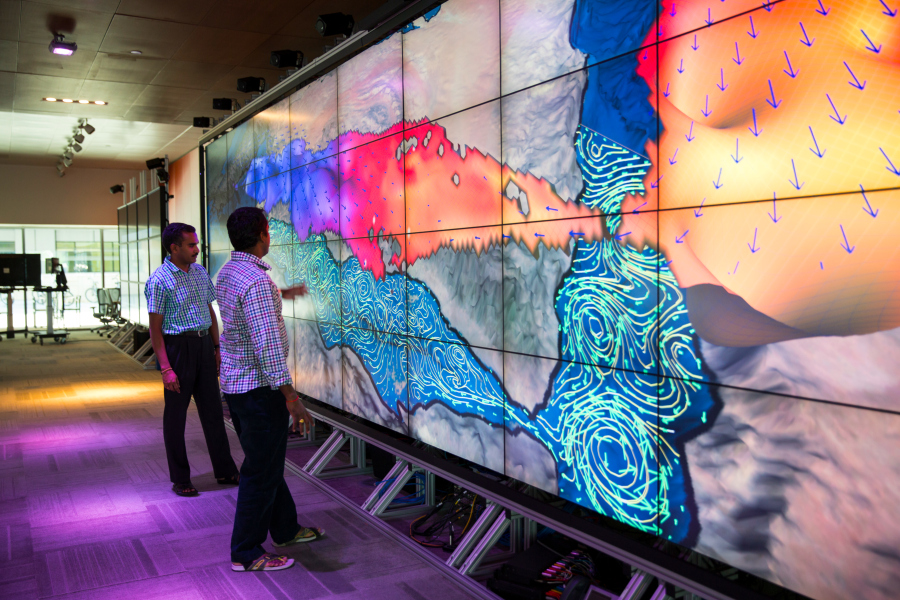
Because of this, USTs are going to be one of the most critical bridging mechanisms between industry and innovation in this era. USTs can contribute on many levels and in varying contexts, from building infrastructure and knowledge for the digital age, to advancing cutting edge R&D and increasing sustainability and competitiveness through innovation, to educating the next generation of innovators.
King Abdullah University of Science and Technology (KAUST) is an example of one such institution. We are an international UST in Saudi Arabia with a mission to address global scientific challenges while at the same time facilitating ambitious domestic economic and innovation growth. We provide a supportive environment for the best scientists from around the world to pursue knowledge discovery and translate it to impact on society.
Core to our success in both areas is our partnership with industry. Our approach with our national and international collaborators rests on conducting the most advanced scientific research powered by a robust technological and digital strategy. This allows us to support industry priorities and fill critical knowledge gaps. We are making significant breakthroughs in our strategic area—water, food, energy and the environment—that can change the way businesses innovate.
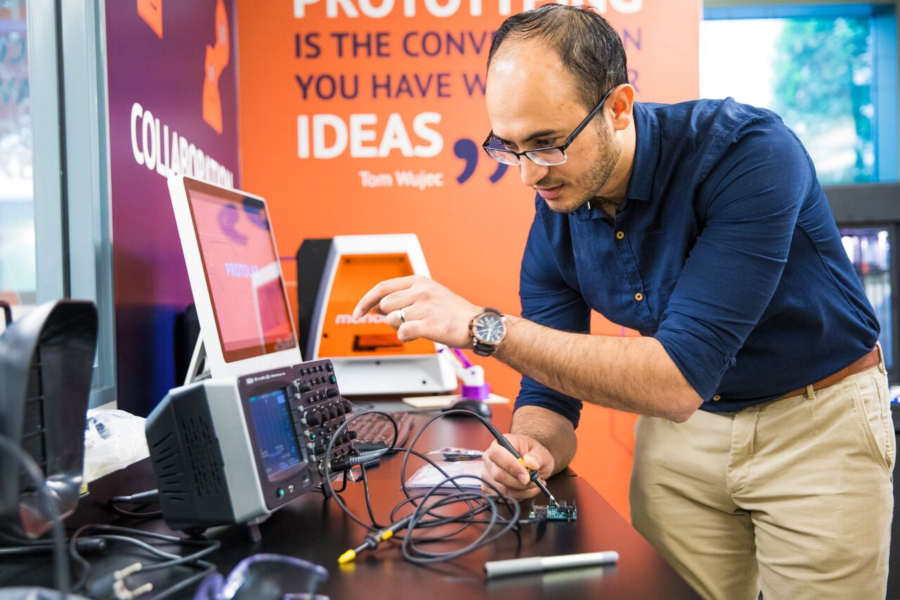
A recent example of this is our role in helping to change the way the world’s largest oil company does natural resource exploration. Through a partnership with Saudi Aramco, we set a global record in digital innovation when we worked with the company’s researchers to run a trillion-cell reservoir simulation on our supercomputer, one of the fastest in the world.
And earlier this year, we inaugurated the Dow Innovation Center on campus, which epitomizes the crucial university-industry relationship to find solutions through research and data. At KAUST, Dow will be focusing on increasing energy efficiency and reducing environmental footprints through solutions in oil and gas and industrial chemicals.
In a time of many unknowns and opportunities, USTs can help to focus and guide a global digital agenda. USTs have an incredible ability to help industries apply technology and digitalization to their core work, increasing their ability to innovate and look into the future. In addition to improving existing industry functions, we can see entire new industries spring up by applying things like artificial intelligence and machine learning to businesses and infrastructures.
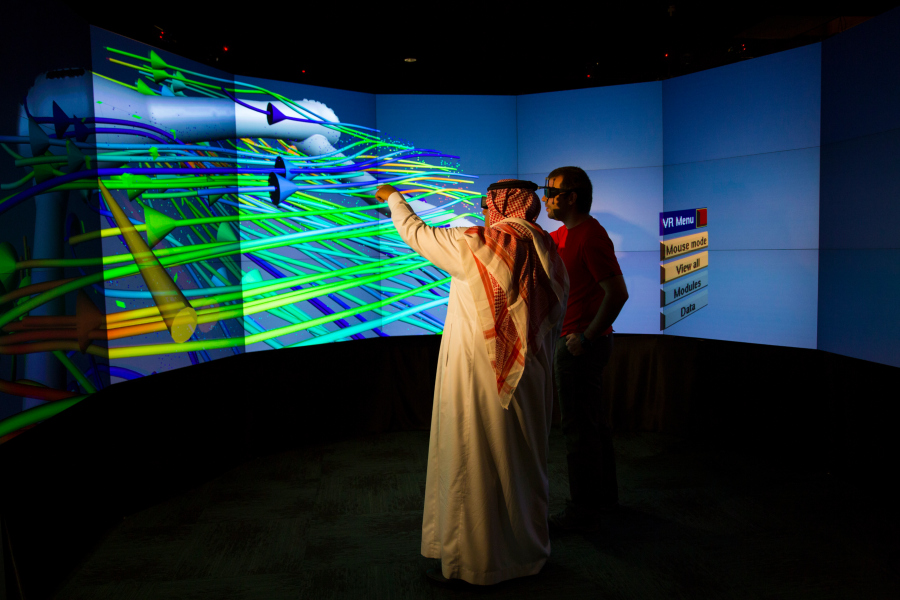
For as much as digitization gives industry an edge, this disruption has also proved to be something of an equalizer. We find ourselves at a unique time that brings us face to face with the need to innovate at a pace that is historically unparalleled. It will be the industries that recognize this and stay at the forefront who will succeed.
I am encouraged and excited by the role that USTs are playing to facilitate industrial transformation. This success in itself is noteworthy. But the heart of a modern UST’s mission is to improve life for people and communities. When we let this principle guide us in our collaborations, it has ripple effects for society, and we accomplish sustainable change and lasting impact![]()
As published in Fortune magazine






















